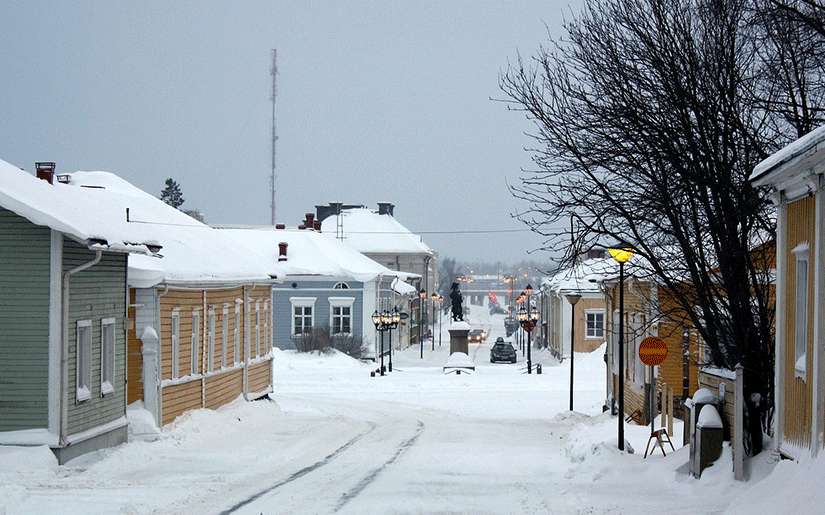Winter can be a challenging time for building maintenance and for the service teams responsible for their upkeep. A lot of things can go wrong during the winter, and the weather often makes it challenging to manage repairs. As a result, preparing for winter becomes all the more crucial.
Here, we offer expert tips on how to winterize your commercial building to avoid common issues.
Inspect heating systems
It may seem like a no-brainer, but it is vital to make your heating system a top priority when preparing for winter. Inspect all HVAC systems regularly and create a written plan to schedule maintenance tasks that need to be done daily, weekly, monthly and annually. Include on the list a periodic inspection of your HVAC equipment performed by a professional technician before winter arrives. This will ensure your heat will function properly when you need it most.
Rooftop units and furnaces also need to be inspected. Look for cracks in the heat exchangers and consider replacing furnaces older than ten years for the best efficiency rating.
Because your water heaters will see increased use in the winter, ensure proper operation. Examine heaters for buildup, cracks and correct pressure calibration. Remove and clean the burners as well as brush boiler tubes so that the heater can run efficiently.
Winterize cooling systems
Just as important as preparing your heating systems is properly shutting down your cooling systems. Winter is the perfect time to address necessary repairs to any cooling systems before you need them in the spring and summer.
Start by draining and winterizing cooling towers if they are not in use. Also, shut down your chiller or empty the condensate drain trap. Not addressing your cooling systems could result in extreme damage to your equipment.
Calibrate thermostats
Save energy and money by calibrating your building’s thermostats and lowering them to a cooler temperature that is still comfortable for the building occupants. Studies show your costs are reduced by an average of 1% for every degree dropped. Just think of the savings!
Inspect the roof
With temperature changes and precipitation, winter weather can wreak havoc on building roofs. Now is the time to make sure your roof is in good working order and will stay that way throughout the winter. Look for loose shingles or areas where water could collect, resulting in costly leaks. While checking the roof, prevent heat loss by examining insulation in the attic for proper thickness.
Check irrigation systems
To prevent freezing and breaking, drain your hoses and faucets or install freeze-proof equipment. Underground irrigation should also be serviced for winter.
Inspect doors and windows
Instead of letting warm indoor air leak out, costing you money, carefully inspect your doors and windows for holes and gaps. Use weather stripping or caulking to seal any openings.
Repair sidewalks
To prevent additional deterioration, seal cracks in sidewalks and paved areas. Water can degrade sub-grade materials below sidewalks and pavement, leading to depressions and potholes.
Have a plan for snow and ice
Even the warmest climates get snow and ice at times, posing danger to your employees and visitors and damage to your commercial building. Have a plan in place in case weather events occur:
- Test out snow removal equipment to ensure it is working correctly
- Have your non-corrosive deicing equipment and materials on hand such
- Contact your snow removal team to make sure everyone is prepared and knows the plan
Have more questions? We can help. Bobbitt Design Build now offers a service team to help owners implement year-round preventative and responsive maintenance for commercial and industrial buildings. Reach out to a Bobbitt service professional for more information on how to extend the life of your building.

